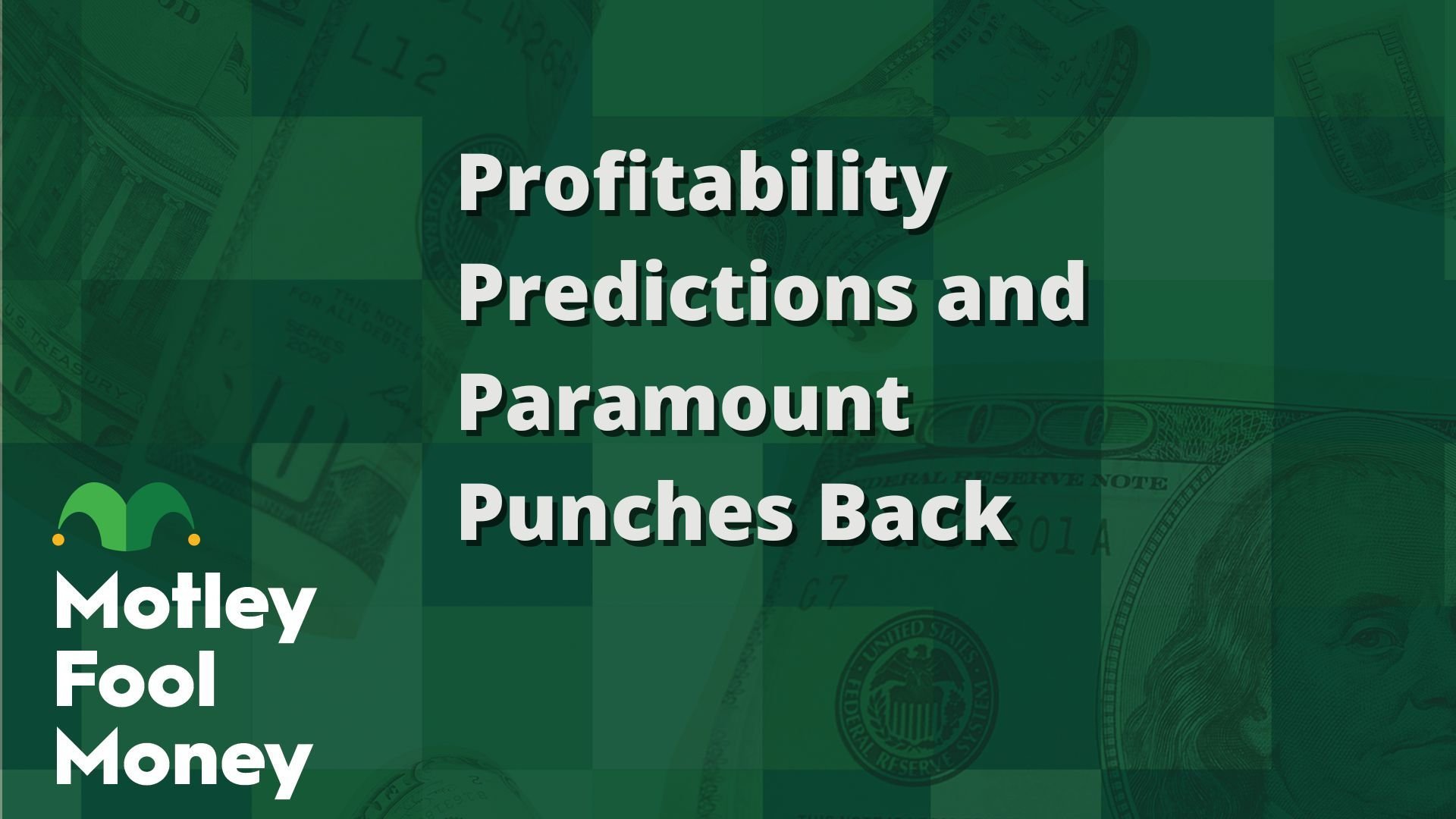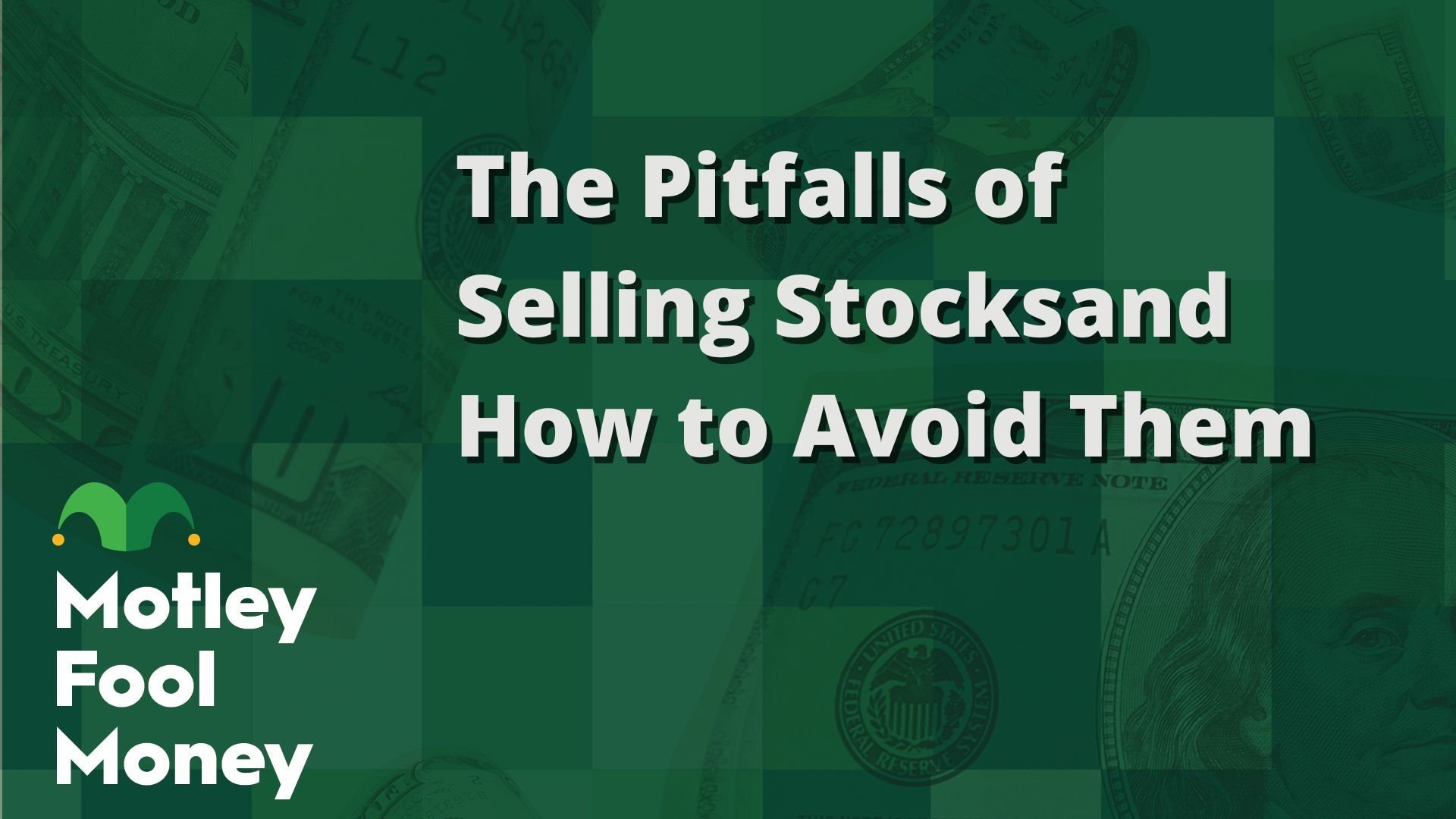
Image source: Hobvias Sudoneighm via Flickr.
This year is almost in the history books, and its shaping up to be a year for investors to forget. While the markets put investors on a roller coaster ride, the S&P 500 is on pace to end the year roughly flat or even slightly behind where it started.
However, just because the market is on pace to put up a lousy performance, that doesn't mean every business out there traded sideways. In fact, many businesses put up impressive performances during the year and provided their shareholders with terrific returns.
Knowing that, we asked our team of Motley Fool contributors to share a company they wished they would have added to their portfolio during the year. Read on to see which companies they've highlighted.
Selena Maranjian: JetBlue Airways Corporation (JBLU +8.03%) has seen its shares rise in value by more than 50% over the past year, handsomely rewarding its shareholders. Sadly, I have not been among them.
What has JetBlue Airways Corporation been doing that has had investors snapping up shares? Well, a lot. For one thing, it's enjoying the current low price of fuel, which has boosted its profitability. (Southwest Airlines, in contrast, did a lot of hedging and is paying for much of its fuel with relatively steep locked-in prices, costing it hundreds of millions.) The low prices for oil are likely to remain with us for the near future, which will serve as a profitable tailwind for JetBlue.
Over the past few years, JetBlue has been posting growing operating cash flow (that recently topped $1.4 billion for the trailing 12 months) and seeing its profit margins rise. Its net margin was recently 9% -- quite impressive in an industry notorious for being hard to profit in.
The company's near future looks promising, too, as the company has several initiatives designed to boost profits, such as charging more for tickets that include a checked bag (instead of letting customers check one bag for free) and refreshing its cabins with bigger seat-back screens and lighter seats that still offer above-average legroom. The company is introducing a new credit card in 2016 that will also generate high-margin income. JetBlue has also been strengthening its balance sheet by reducing debt while also beefing up its fleet.
Best of all, JetBlue doesn't seem extravagantly priced at recent levels, so perhaps at the end of 2016 I won't be regretting that I didn't buy it during the year.
Brian Feroldi: Regeneron Pharmaceuticals' (REGN 1.20%) stock always looks expensive, which is the one reason I haven't added shares to my portfolio. Regeneron started the year trading at a price-to-earnings ratio of more than 130, which I thought was simply too pricey for me to consider buying. That decision turned out to be a mistake, as the company had a fantastic year.
Eylea, Regeneron Pharmaceutical's therapy for age-related macular degeneration and diabetic macular edema, continued to grow like gangbusters all year, and it even managed to win several label expansions that should allow it to continue to grow its sales at a rapid pace going forward. The company also scored a big win in July, when the FDA announced that it approved Praluent, its new cholesterol-lowering medication, for sale. Praluent looks like it could be a home run for investors, as it holds multibillion-dollar-per year potential in peak sales.
This stream of good news helped ensure that Regeneron's incredibly expensive stock remained incredibly expensive, and investors who held on the entire way did quite well, as its shares are up more than 30% year to date.
Lesson learned: Winners tend to keep on winning.
I wish I'd bought Regeneron Pharmaceuticals stock in 2015. You can bet that's one mistake I'll be fixing in 2016.
Matt Frankel: One stock I admit to being completely wrong about is Amazon.com (AMZN +0.40%), which is up 115% over the past year alone and has soared 1,300% over the past decade.
I stayed away from Amazon for the same reason many other investors did -- the fundamentals looked insanely overvalued and still do. Amazon's forward P/E is a whopping 119 times projected earnings.
However, Amazon is showing that not only is its growth sustainable, but it's also starting to translate into profits. The company's revenue grew 23% over the past year, and net product sales are up 15%. Amazon's Prime business has been a monster success -- about half of Amazon customers are Prime members, 95% of them will remain Prime members, and these customers spend double the money of non-Prime customers each year.
Furthermore, there could be more room to grow than you may think. Even after the surge in online shopping in recent years, e-commerce still makes up just 7% of retail, which is expected to rise to as much as 30% in the next five years.
This isn't an exhaustive discussion of the possible growth catalysts for Amazon, but my point is that Amazon has shown investors enough reasons to believe in the company for the long term, which has resulted in phenomenal returns for those who had the foresight to invest. I was not one of them.
Dan Caplinger: It's easy to look back in hindsight and find stocks that you could have made a ton of money buying, but Netflix (NFLX 0.06%) in particular has given long-term investors several good opportunities to get into the stock. As recently as early this year, the streaming video specialist dipped to levels not far above their peak in mid-2011, even as Netflix had dramatically grown its user base and had lucrative prospects both domestically and in the international market.
Some investors have been concerned that competitors will provide alternative streaming sources for delivering content to their customers, cutting Netflix out of the equation. Yet Netflix offers such a cost-effective solution for viewers that there's little incentive for its subscribers to consider switching, and Netflix has enough scale that content providers are rightfully nervous about denying its subscribers the ability to see their content. Moreover, Netflix's own efforts to develop homegrown content have worked out well, with award-winning series that have proven that it doesn't have to rely on outside providers for its success. As long as Netflix has the leverage that its network effect provides, it will be able to grow. Shareholders shouldn't expect the stock to double every year, but future gains are indeed possible even from today's lofty levels.
Jason Hall: Dominant video game maker Activision Blizzard (ATVI +0.00%) has been one of my favorite stocks -- and companies -- for years, and I was convinced that once management finally freed the company from former majority shareholder Vivendi SA, the stock would start to reach its potential.
It has, and more:
So what have I done? Almost nothing.
I bought shares in 2012 and early 2013, before Vivendi and Activision reached the agreement that saw Vivendi sell off almost all of its stake, mostly back to Activision, and an investor group led by CEO Bobby Kotick. After the announcement, I bought shares one time, in mid-2014. But instead of adding even more to this great winner, I ignored it, and I missed out on a breakout year, which has seen the stock nearly double in price.
The good news? I've been a beneficiary, since I do own a substantial position already, making Activision Blizzard one of my five largest holdings as is.
The better news? The company still owns an amazing stable of top game content and is set to add to that stable in the coming years. So while I missed out on adding to this winner earlier in 2015, I'm definitely not selling. As a matter of fact, it's near the top of my watchlist of companies to buy in 2016.












